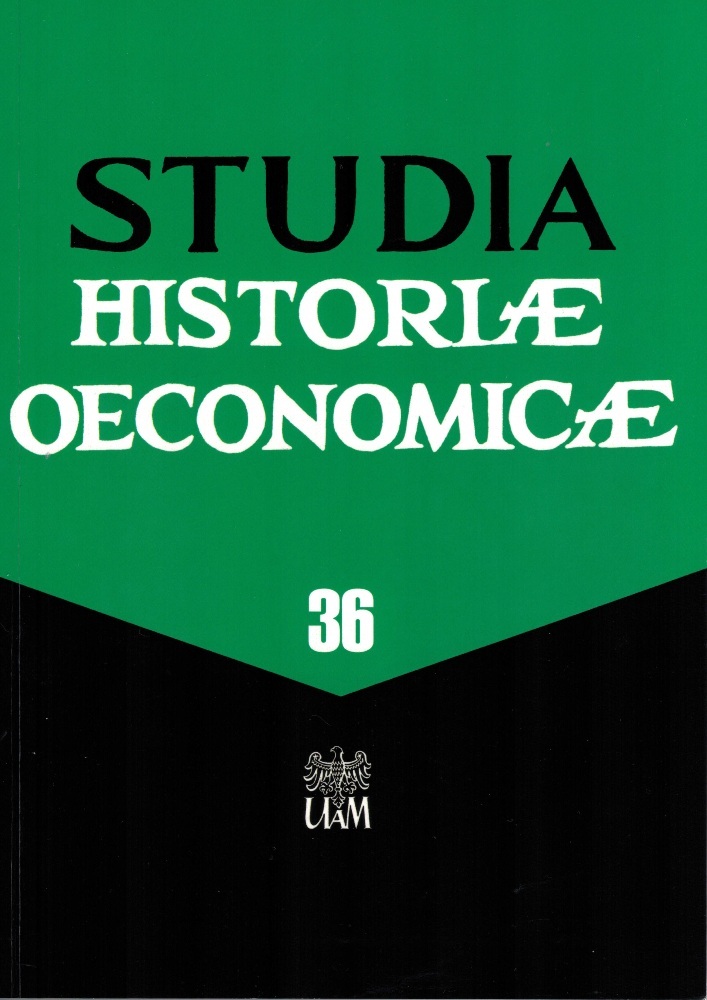Abstract
A drastic decrease in the European pond turtle population occurred at the end of 18th century and during the first half of 19th century. The exploitation of this species, as a source of food and drug substances, is nowadays almost forgotten. The present paper aimed at, firstly, underlining some historical sources concerning the exploitation of the European pond turtle. Secondly, its goal is to answer the following question: to what extent did the exploitation of the species contribute to the decline of the population? The author concludes with the importance and necessity of historical and economic analysis in order to understand the phenomenon of the decline of the European pond turtle population. This research, which must be continued by historians, will help the naturalists in action to protect and reintroduce the species into its former geographical range.
References
Cassagne L.-A. (1808), Essai sur les tortues, les huîtres, les écrevisses et l’ichtyocolle, Montpellier.
Cheylan M. (1976), La consommation de la tortue cistude Emys orbicularis (L.) au post-claciaire dans la grotte de Fontbregoua (Salernes-Var.), “Bulletin du Museum d’Histoire Naturelle de Marseille”, 36, pp. 41-46.
Cheylan M. (1998), Evolution of the distribution of the European pond turtle in the French Mediterranean area since the post-glacial, “Mertensiella”, 10, pp. 47-65.
Daszkiewicz P., Bauer A. (2010), Jean–Emmanuel Gilibert a Lost Chapter in the history of Chelonian Anatomy, “Bibliotheca Herpetologica”, 8 (2), pp. 6–19.
Desmarest A. G. (1819), Nouveau dictionnaire d’histoire naturelle, appliquée aux arts, à l’agriculture, à l’économie rurale et domestique, à la medicine, Chez Deterville, Paris.
Edel P., Daszkiewicz P. (2015), Louis Henri Bojanus: zoologiste, pédagogue, précurseur de l’anatomie compare, Vent d’Est, Strasbourg.
Figuier L. (1876), Les Animaux articulés, les poissons et les reptiles, Hachette, Paris.
Forest V., Cheylan M. (2003), La consommation de la Cistude d’Europe, Emys orbicularis, au bas Moyen Âge. L’exemple de Saint-Romain de Jalionas (Isère), Pages d’archéologie médiévale en Rhône-Alpes, V/VI. Actes de 5 et 6 rencontres Rhône-Alpes d’archéologie médiévale (1198-1999), Lyon, Centre interuniversitaire d’histoire et d’archéologie medieval.
Gautier A. (1874), Chimie appliquée à la physiologie, à la pathologie et à l’hygiène : avec les analyses et les méthodes de recherche les plus nouvelles, 1 / 2 vol, Paris.
Kluk K. (1780), Zwierząt domowych i dzikich, osobliwie krajowych, historii naturalnej początki i gospodarstwo, t. 3, Warszawa.
Lacepède B. comte de la (1799), Histoire naturelle des quadrupèdes ovipares et des serpens, Paris, L’an VII. Chez Saugrain.
Maigne M. W. (1891), Nouveau manuel complet de l’alimentation. Substances alimentaires, Roret, Paris.
Raicevich E. I. (1822), Voyage en Valachie et en Moldavie avec des observations sur l’histoire la physique et la politique augmenté de notes et additions pour l’inteligence de divers points essentiels, Chez Masson et fils, Paris.
Ratier F.-S. (1827), Pharmacopée française, ou Code des médicamens, nouvelle traduction du Codex medicamentarius, sive Pharmacopoea gallica, Paris, s. 159.
Vlachos E., Delfino M. (2016), Food for thought: Sub-fossil and fossil chelonian remains from Franchthi Cave and Megalopolis confirm a glacial refuge for Emys orbicularis in Peloponnesus (S. Greece), “Quaternary Science Reviews” 150, pp. 158-171.
License
Copyright (c) 2018 Piotr Daszkiewicz

This work is licensed under a Creative Commons Attribution-ShareAlike 4.0 International License.





